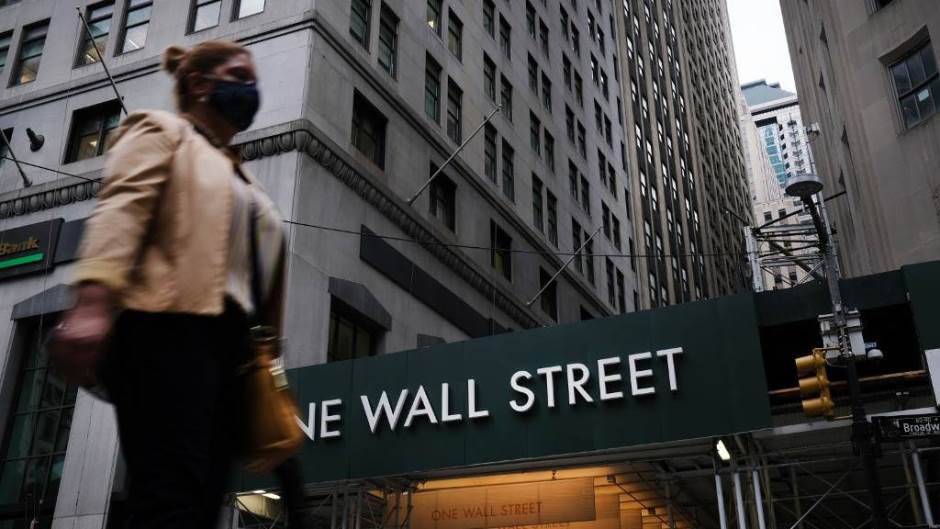Wall Street’s main indexes ended sharply lower on Friday, and the S&P 500 and Nasdaq had their biggest weekly drops since the beginning of the pandemic in March 2020.
Risk aversion dominated financial markets during the last trading week, while the weak quarterly report from Netflix added further pressure on the S&P 500 and the Nasdaq.
Are you looking for fast-news, hot-tips and market analysis?
Sign-up for the Invezz newsletter, today.
Netflix shares weakened more than 20% after the company reported disappointing quarterly subscriber growth and provided forward guidance below estimates. John Lynch, chief investment officer for Comerica Wealth Management, added:
The pandemic winners are under pressure, and that will likely continue. If everybody already has Netflix, it’s hard to improve subscriber growth.
Investors remain concerned about the impacts of the pandemic, inflation, and supply-chain issues, and they will continue to pay close attention to the fourth-quarter earnings reports to determine if these will crimp profit margins or if costs can be passed through.
Next week, Apple, Tesla, Chevron, Caterpillar, Johnson & Johnson, Microsoft, Boeing, AT&T, Kimberly-Clark, and Intel are among the companies scheduled to report quarterly results.
The last week’s sell-off can also be attributed to the Federal Reserve as the U.S. central bank announced that it was planning at least three interest rate hikes this year.
U.S. consumer prices in December had the largest annual rise in nearly four decades, and the U.S. Federal Reserve is likely to meet market expectations for a 25-basis-point rate hike in March.
Morgan Stanley expects that the Fed would set out a more aggressive tone to fight inflation after the March rate hike.
Morgan Stanley expects the Fed to deliver a total of four 25 basis-point rate increases this year, but the central bank’s policy meeting next week will offer more clarity on its fight against surging inflation.
S&P 500 down -5.7% on a weekly basis
For the week, S&P 500 (SPX ) weakened by -5.7% amid increasing concerns about inflation, supply chain issues, and the COVID-19 pandemic.

This is the S&P 500’s third consecutive week in the red, and if the price falls below 4,200 points, the next target could be 4,000 points.
The upside potential remains limited for the week ahead; still, if the price jumps above 4,500 points, the next target could be 4,600 points.
DJIA down -4.6% on a weekly basis
The Dow Jones Industrial Average (DJIA) weakened -4.6% for the week and closed at 34,265 points.

The current support level stands at 34,000 points, and if the price falls below this level, the next target could be 33,500 points.
Nasdaq Composite down -7.6% on a weekly basis
Nasdaq Composite (COMP) ended sharply lower on Friday as Netflix shares plunged after a weak earnings report.

Nasdaq Composite has lost -7.6% on a weekly basis which is the biggest weekly percentage drop since the beginning of the pandemic in March 2020.
The strong support level stands around 13,500 points, and if the price falls below this level, it would be a “sell†signal, and we have the open way to 13,000 points.
Summary
The Dow Jones, the S&P 500, and the Nasdaq weakened on a weekly amid increasing concerns about inflation, supply chain issues, and the COVID-19 pandemic. Risk aversion dominated financial markets during the last trading week, while the weak quarterly report from Netflix added further pressure on the S&P 500 and the Nasdaq.
Where to buy right now
To invest simply and easily, users need a low-fee broker with a track record of reliability. The following brokers are highly rated, recognised worldwide, and safe to use:
- Etoro, trusted by over 13m users worldwide. Register here >
- bitFlyer, simple, easy to use and regulated. Register here >





